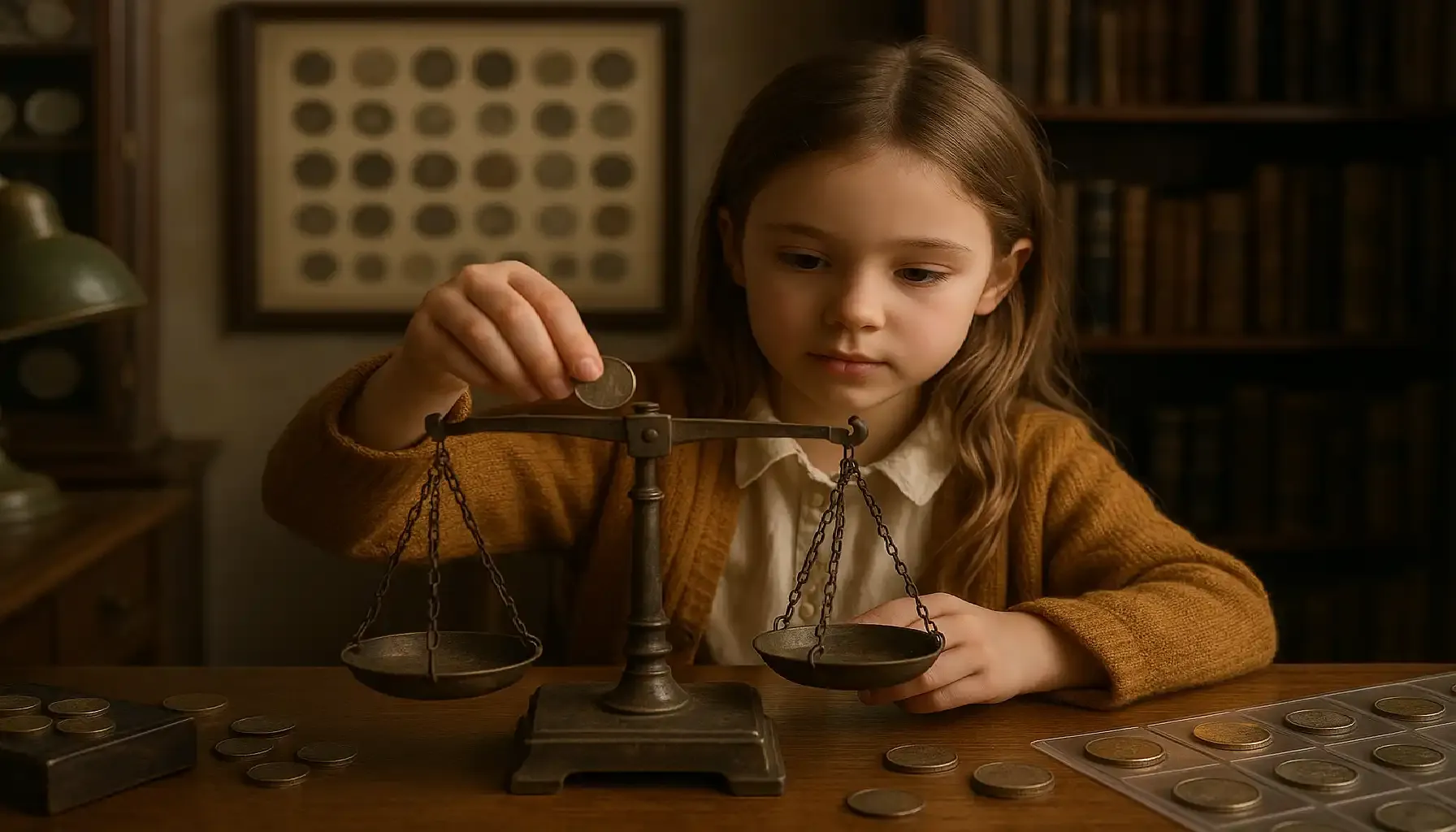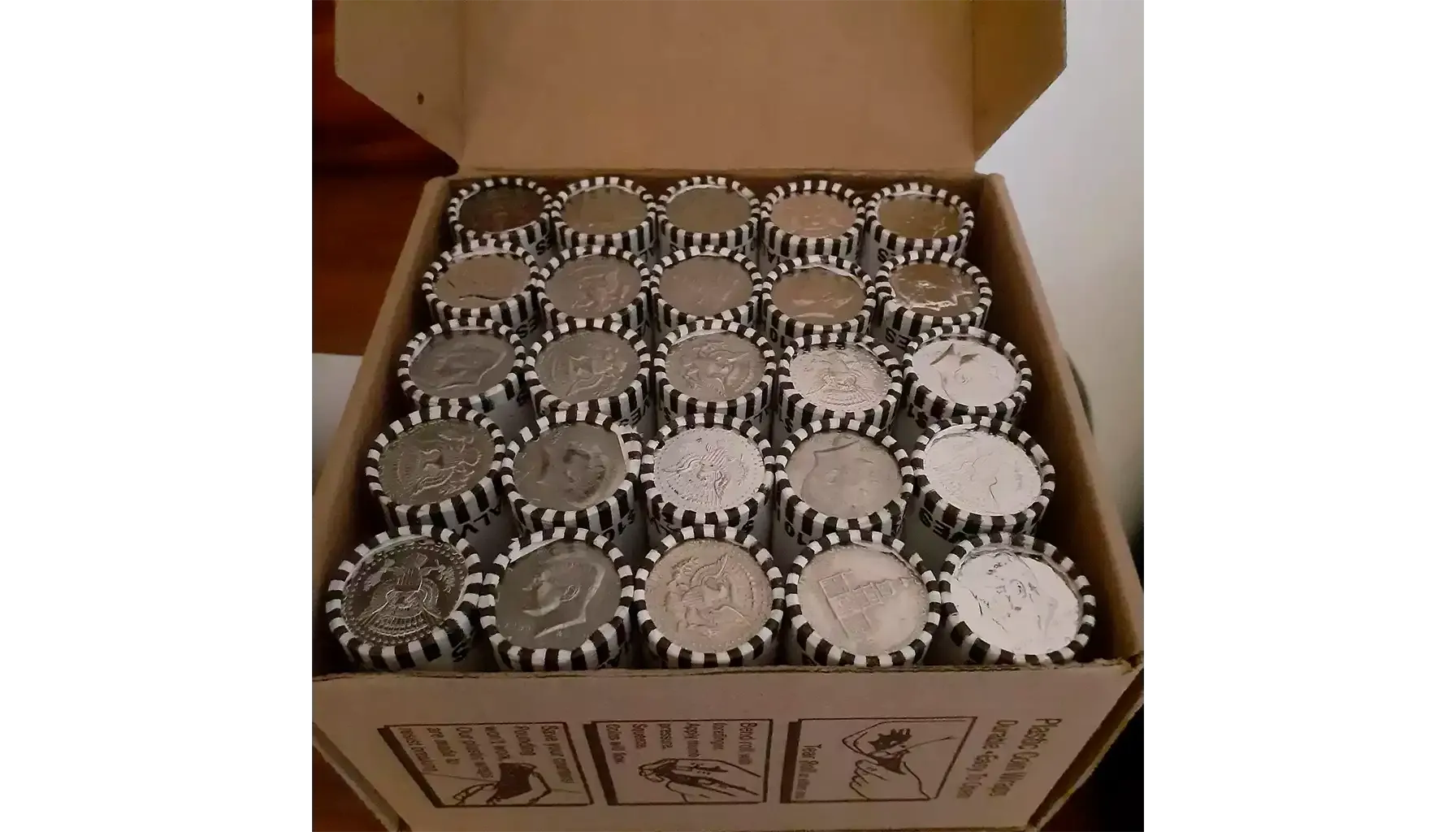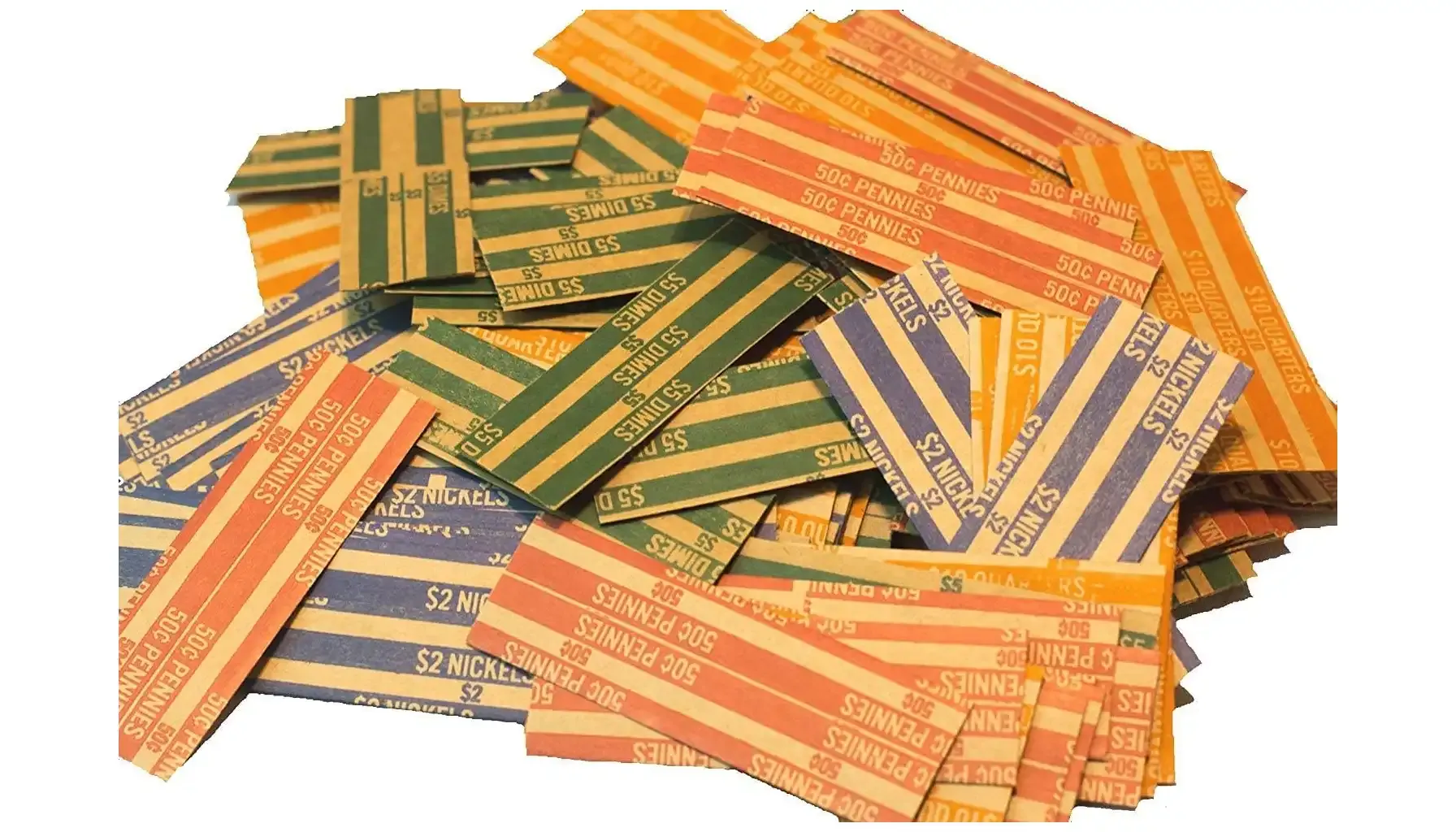Contents:
When it comes to collecting, many people believe that it is a fun pastime of searching for unique coins, rare finds, estimating their value and enjoying their aesthetics. However, only a few people know that collecting does not end with the possession of a coin, and further care of the coin or the collection as a whole requires a lot of experience, knowledge and skills.
But as excited as we would like to think that a coin - a piece of precious (or not so precious) metal is eternal, we must realize that its safety is highly dependent on many external factors and time. Even when you have the coin in your hands, it can be subject to some dangers, and one of these dangers is PVC, or polyvinyl chloride. This material, which seems harmless at first glance, can cause irreparable damage to your coins, reducing their value and ruining their appearance. Coin PVC damage is very difficult and sometimes even impossible to fix.
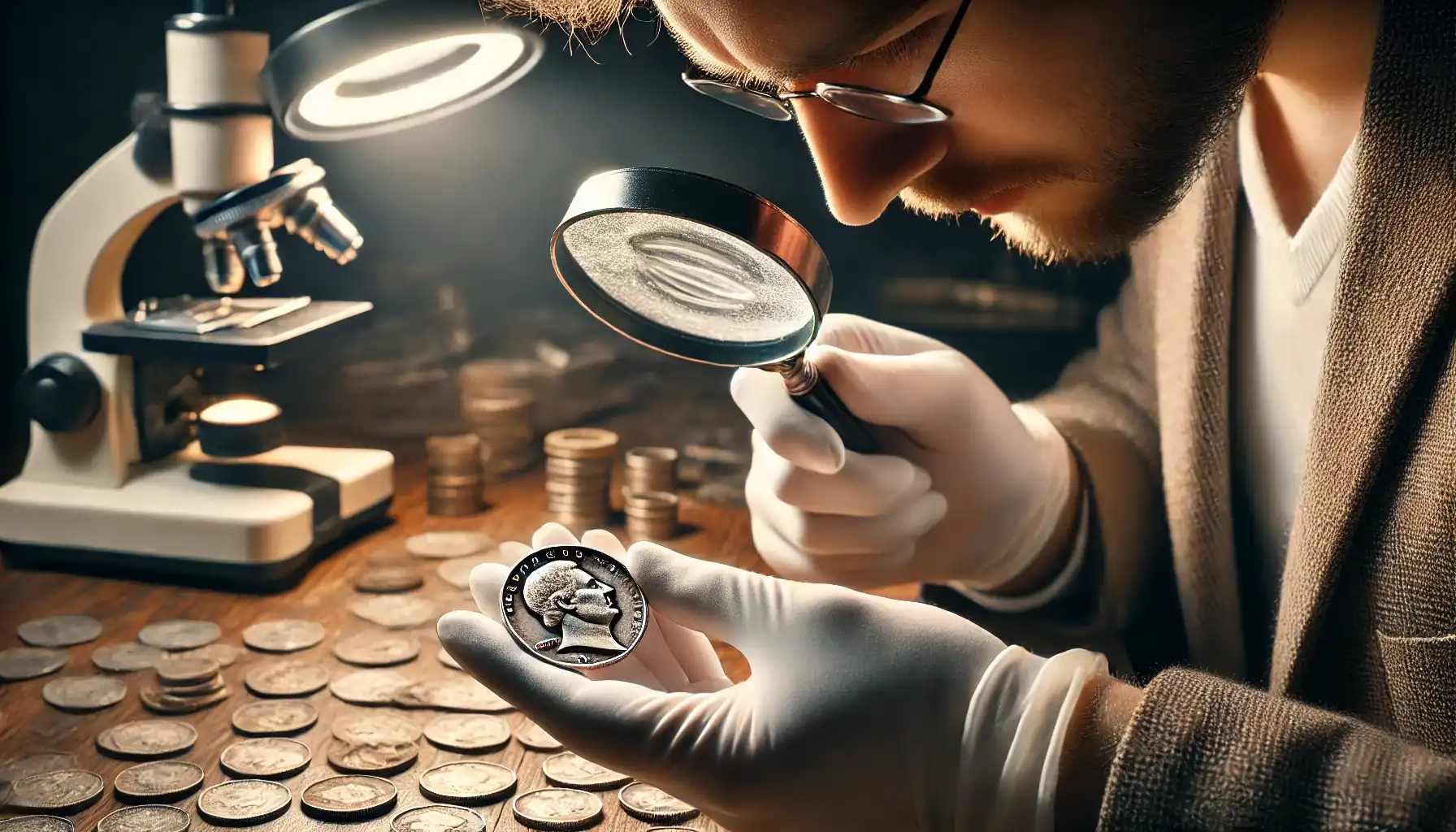
PVC Coin Killer: Why Is This Material Dangerous for Coins?
PVC is a polymer that is often used to make soft plastic materials. It can be found in coin albums, plastic holders, document covers, and other items that appear to be safe. The material is easy to use, it is very flexible and inexpensive, making it popular and widely used for storing coin collections among other things.
But what is the problem with PVC damage on coins? The point is that as a result of PVC on coins, chemicals are released and react with the metals of the coin. The result of this reaction is PVC residue on coins (sticky patina or green spots and other damage). However, it doesn’t influence paper money with errors or without them.
What Does PVC Coin Damage Look Like on Different Metals?
Metal | Description of the Damage | Risk of Damage | Example: |
Silver | Appearance of white or green plaque, loss of shine | High | Many Morgan Silver Dollar coin collectors noticed that the coins were covered in a green coating that was difficult to remove. As a result of this damage, the coins' value at auction dropped from their original $500 each to $200-$250. Buyers feared that even after cleaning, the residual plaque could continue to degrade the metal. |
Copper/bronze | Quick appearance of green spots and oxidation | Extremely High | Copper cents, like the Lincoln Wheat Penny, stored in PVC albums will eventually become covered with bright green stains and sometimes even small surface sores. Such damage is almost impossible to repair, making the coin unsuitable for collection. |
Gold | Less vulnerable to damage, but surface darkening is possible | Average | The 1924 Double Eagle was priced at $2,000, but PVC residue and corrosion caused it to drop to $1,200. Even after professional cleaning, the PVC damage was still visible (which had a significant impact on the coin's value). Buyers feared that the coin would continue to lose value in the future. |
Nickel | Appearance of grayish plaque and opacity | Average | A 1937 Buffalo Nickel coin was valued at $600, but due to PVC residue and corrosion, its auction price was practically halved. Even after professional cleaning, the damage caused by prolonged exposure to PVC remained visible, especially in the form of small pits and discoloration of the surface, which significantly affected its market value. |
Interesting fact: soft PVC plastic holders became popular back in the mid-20th century due to their affordability and convenience. Many collectors of the 60's and 70's kept their coins in just such holders, not knowing that it would damage their collections in a few decades.
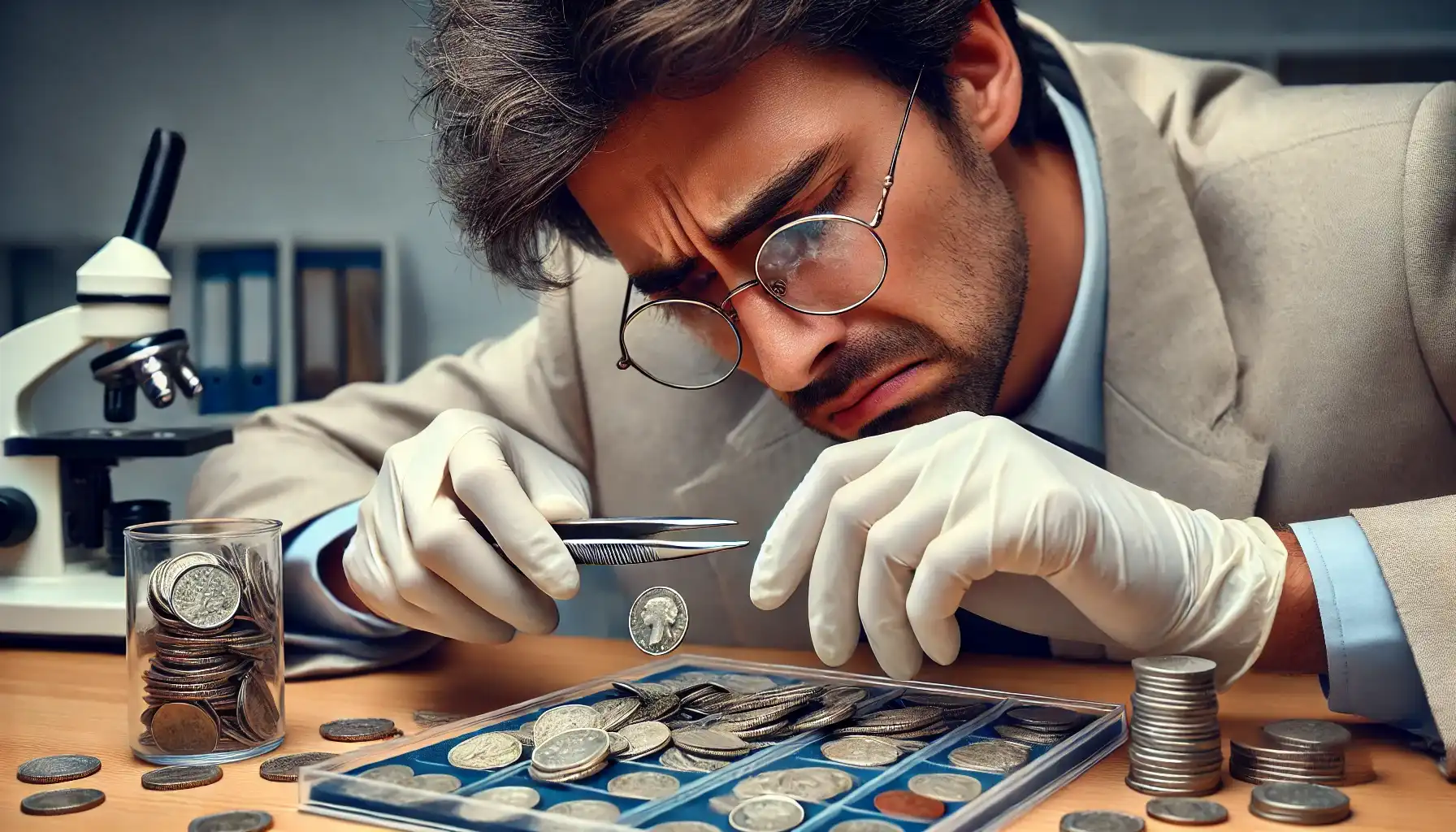
Let's summarize: the most insidious thing about PVC is that its decomposition process can go unnoticed until it's too late. The most obvious signs of PVC damage on coins:
Green or sticky residue on the surface of the coin.
Dullness or discoloration of the metal.
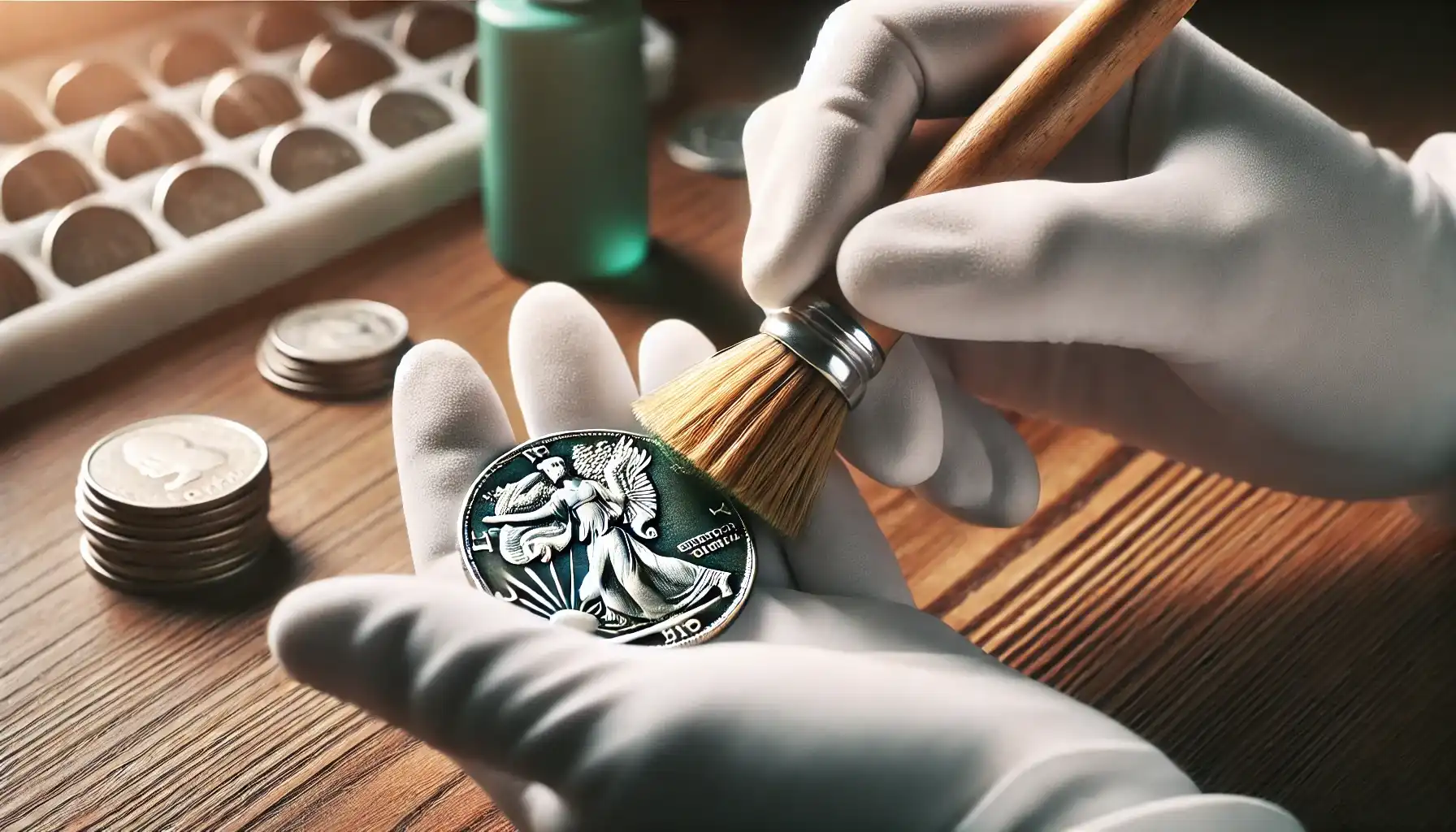
A sticky texture on the surface of the coin that does not disappear even when wiped.
How to Clean PVC Damage on Coin?
If you're already experiencing a PVC plaque problem on your coin, it's important to act quickly and carefully. First of all, you need coin collecting tools. Then, follow the steps below that will help save your coin with the right attitude.
Assess the extent of the damage. If the damage is minimal, you may be able to remove it yourself using specialized coin cleaners. However, if the damage is severe, it is better to contact a professional. But do not rub the coin with your hands or a cloth. This can cause scratches.
Soak the coin in acetone or a specialized PVC removal solution for a few minutes. The acetone or solution will help dissolve the PVC without damaging the metal.
Use a soft brush and avoid abrasive tools to gently remove plaque if it has not disappeared after soaking.
Rinse the coin with distilled water after the procedure and allow it to air dry without wiping.
Select appropriate safe storage conditions for your coin after cleaning to prevent further damage.
Tip: To keep your collections safe, we recommend the following options - covers and albums made of polypropylene (labeled PP; safe for coins), as well as polyethylene (labeled PE; does not cause chemical reactions).

FAQs
Can a coin be fully restored after PVC damage?
PVC damage can be reversible if it is noticed in time. However, if the chemical reaction has penetrated deep into the metal, the coin cannot be fully recovered.
How can I tell if my coin album does not have PVC?
Check the packaging or ask the manufacturer. Holders made of polypropylene and polyethylene are always labeled “PVC-free”.
Why is it important to use distilled water to rinse coins after cleaning?
Ordinary tap water may contain minerals and chlorine that can leave traces on the surface of coins or cause a new reaction with the metal.
Which coins are most vulnerable to PVC damage?
Any coins, regardless of metal, can suffer from PVC damage, but copper and silver coins are most likely to corrode due to chemical interactions with the chlorides released by PVC. This can especially affect collectible coins , e.g., pennies, silver dollars, and other rare pieces.
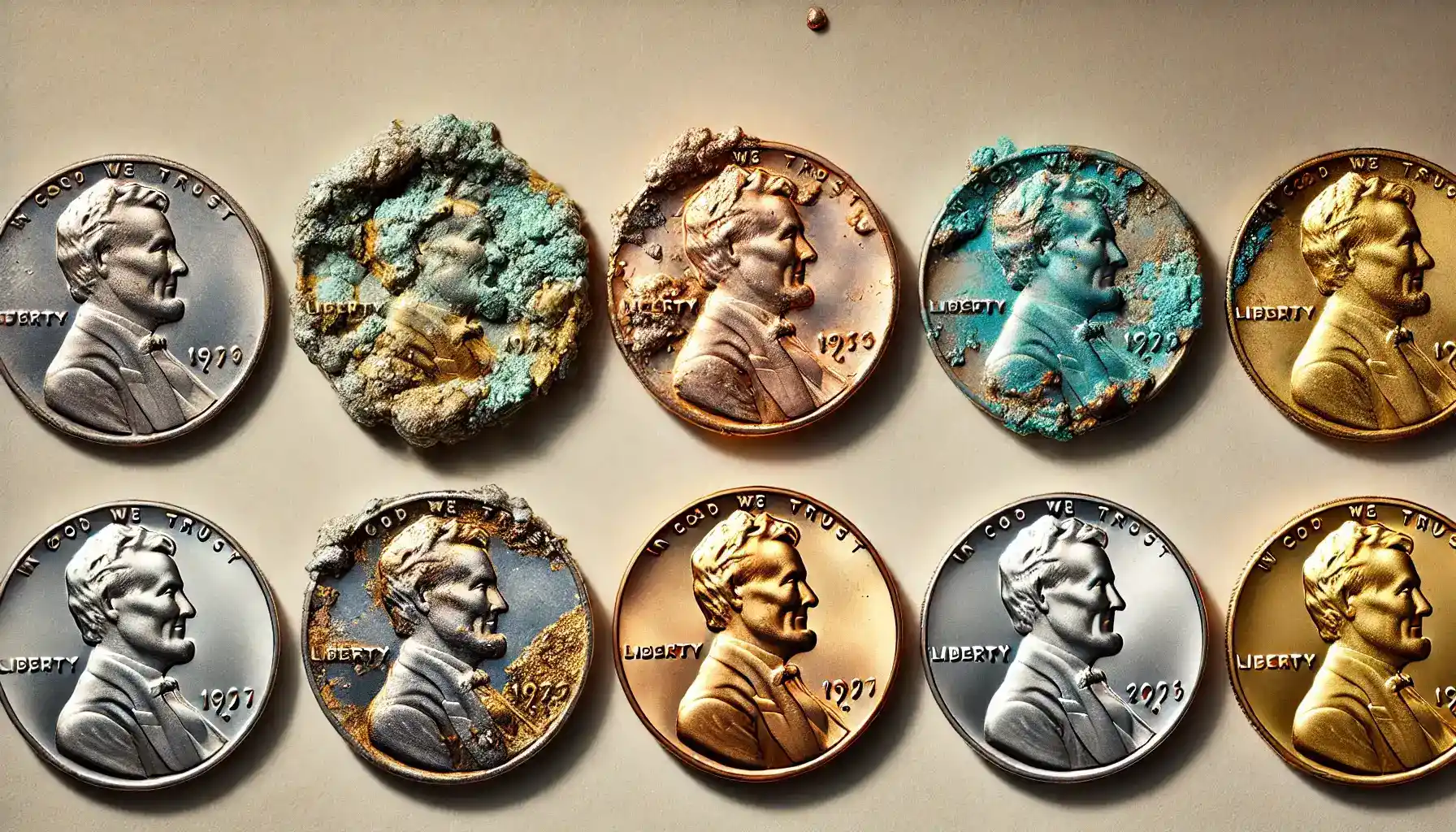
Can a coin with minor PVC damage retain its value?
In some cases, if the damage is minimal and can be repaired in time, the coin can maintain its collector value. However, even minor damage can reduce the price at auction, especially if the coin was rare and in high quality before the problem occurred.
How do I estimate the value of a coin after it has been cleaned?
You may try the Coin ID Scanner app - a useful app for collectors to identify coins and estimate their value. This app provides access to numismatic news and all sorts of tips and guides on storing, cleaning, valuing coins to help you get reliable information and minimize risks.
Your Path to Success
PVC is a hidden threat that can ruin your coin collection. But if you know the ways to recognize and prevent damage, you can avoid serious consequences. It is important to remember proper storage methods, regular inspections and using the right tools to avoid PVC damage to coins and keep your collection in perfect condition for years to come. Remember your collectibles are not metal disks, they are witnesses of history that require special care and attention. Don't let PVC destroy their value!

